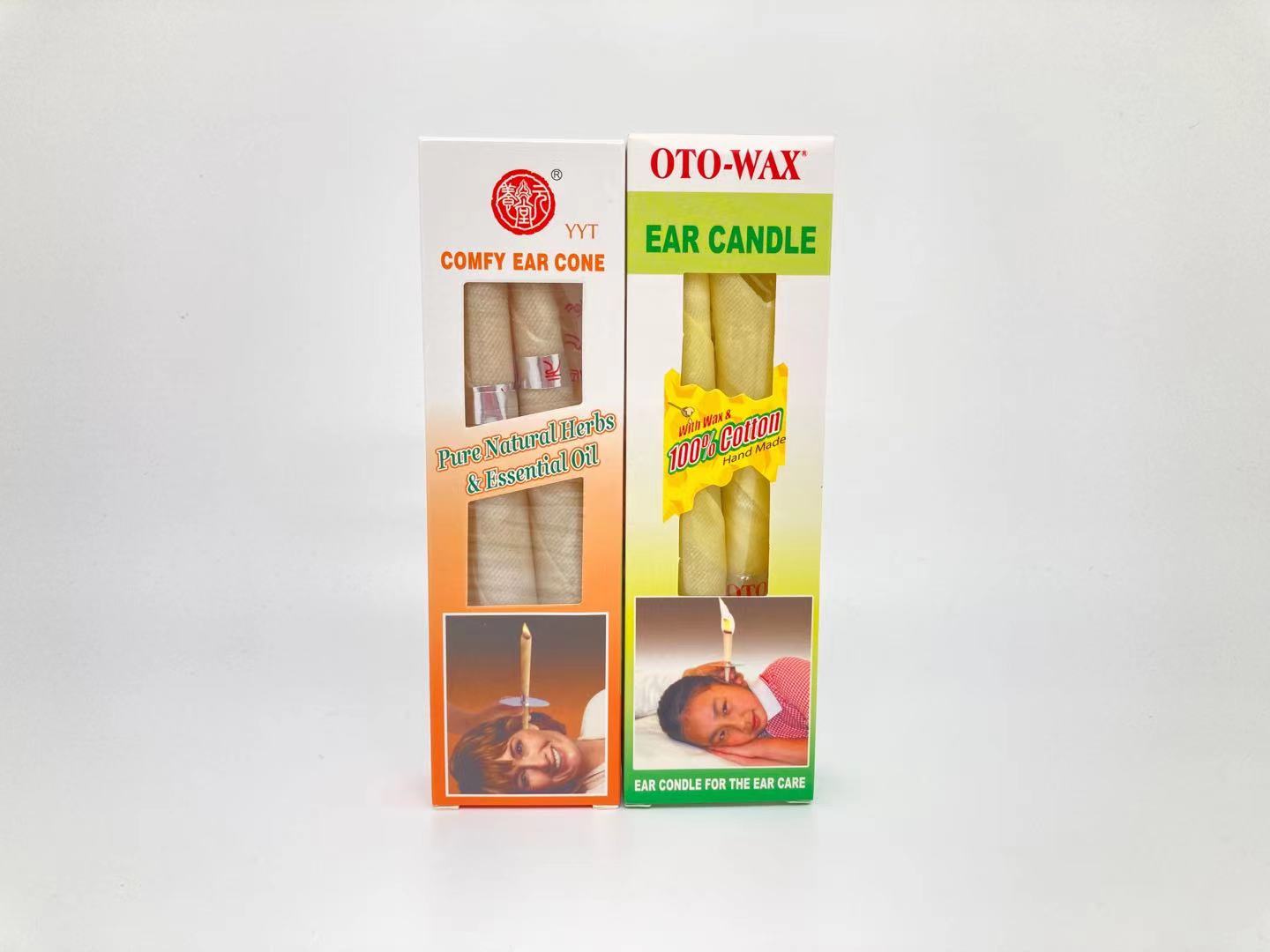Description
What is ear candling?
Ear candles are hollow cones made of fabric covered in paraffin wax, beeswax, or soy wax. Most ear candles are about a foot in length. The pointed end of the candle is placed in your ear. The slightly wider end is lit.
Proponents of this treatment, called ear candling, claim that the warmth created by the flame causes suction. The suction pulls earwax and other impurities out of the ear canal and into the hollow candle.
To prepare for the procedure, you lie on your side with one ear facing down. The practitioner inserts the pointed end of the candle into the hole of the ear that’s facing up and adjusts it to create a seal. You shouldn’t perform the procedure on yourself because it can be dangerous.
In most cases, a circular guard of some sort is placed about two-thirds of the way down the candle to catch any dripping wax. These are often flimsy and made of aluminum foil or paper plates.
Cautious practitioners will cover your head and neck with a towel for more protection. Guidelines also suggest holding the candle straight so any drippings roll down the side rather than dropping into the ear or onto the face.
The candle is allowed to burn for about 10 to 15 minutes. During that time, the burned part of the fabric is supposed to be trimmed to prevent it from contaminating the tube.
The procedure continues until only 3 to 4 inches of the candle remain. Then the flame is extinguished carefully. Blowing it out while it’s still in the ear can cause hazardous burning ash to go flying
What is ear candling suppose to do?
Marketers of ear candles advertise them as treatments for:
- earwax buildup
- earaches
- swimmer’s ear or ear infections
- tinnitus (ringing in the ear)
- hearing problems
- sinus infection or other sinus conditions
- symptoms of a cold or the flu
- sore throat
- vertigo or dizziness
- stress and tension
After the procedure, the practitioner usually cuts the candle open vertically to show the patient the material that was drawn out of the ear.




